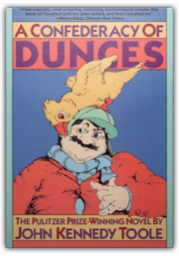
"A green hunting cap squeezed the top of the fleshy balloon of a head. The green earflaps, full of large ears and uncut hair and the fine bristles that grew in the ears themselves, stuck out on either side like turn signals indicating two directions at once. Full, pursed lips protruded beneath the bushy black moustache and, at their corners, sank into little folds filled with disapproval and potato chip crumbs." 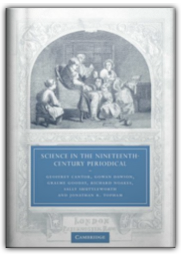
Magazines and periodicals played a far greater role than books in influencing the Victorians' understanding of the new discoveries and theories in science, technology and medicine of their era. This book identifies and analyzes the presentation of science in the periodical press in Britain between 1800 and 1900. 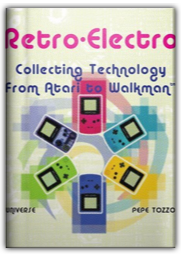
The latest trend on E-Bay and at flea markets is the buying and selling of old technology―transistor radios, video games, the Betamax video recording system. While made of plastic, wires, and metal that earlier seemed to have little of the romance of the “antique,” this trend proves that these objects from the sixties, seventies, and eighties have acquired status as collectibles. 
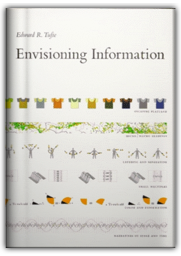
A remarkable range of examples for the idea of visual thinking, with beautifully printed pages. A real treat for all who reason and learn by means of images. — Rudolf Arnheim 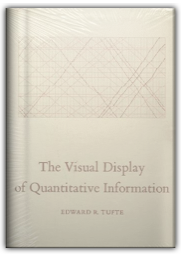
A timeless classic in how complex information should be presented graphically. The Strunk & White of visual design. Should occupy a place of honor—within arm's reach—of everyone attempting to understand or depict numerical data graphically. The design of the book is an exemplar of the principles it espouses: elegant typography and layout, and seamless integration of lucid text and perfectly chosen graphical examples. Very Highly Recommended. |
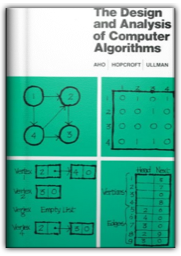

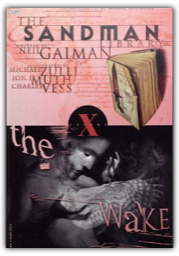
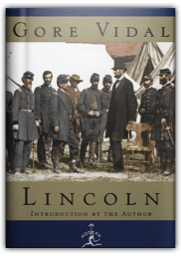
Lincolnis a masterwork of historical fiction, in which Gore Vidal combines a comprehensive knowledge of Civil War America with 20th-century literary technique, probing the minds and motives of the men surrounding Abraham Lincoln, including personal secretary John Hay and scheming cabinet members William Seward and Salmon P. Chase, as well as his wife, Mary Todd. It is a book monumental in scope that never loses sight of the intimate and personal in its depiction of the power struggles that accompanied Lincoln's efforts to preserve the Union at all costs—efforts in which the eradication of slavery was far from the president's main objective. As usual, there's plenty of room for Vidal's wickedly humorous deflation of American icons, including a comic interlude in a Washington bordello in which Lincoln's former law partner informs Hay that Lincoln had contracted syphilis as a young man and had, just before marrying Mary Todd, suffered what can only be described as a nervous breakdown. (Protestors should note that Vidal is only passing along what that former partner had written in his own biography of Lincoln.) Don't be intimidated by the size of Lincoln; if you like historical fiction, you should read this book at the first opportunity. —Ron Hogan 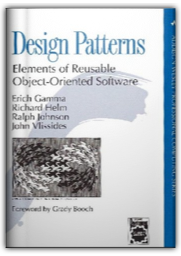
Design Patternsis a modern classic in the literature of object-oriented development, offering timeless and elegant solutions to common problems in software design. It describes patterns for managing object creation, composing objects into larger structures, and coordinating control flow between objects. The book provides numerous examples where using composition rather than inheritance can improve the reusability and flexibility of code. Note, though, that it's not a tutorial but a catalog that you can use to find an object-oriented design pattern that's appropriate for the needs of your particular application—a selection for virtuoso programmers who appreciate (or require) consistent, well-engineered object-oriented designs. |

My Library
Collection Total:
1165 Items
1165 Items
Last Updated:
Sep 9, 2009
Sep 9, 2009




 Made with Delicious Library
Made with Delicious Library